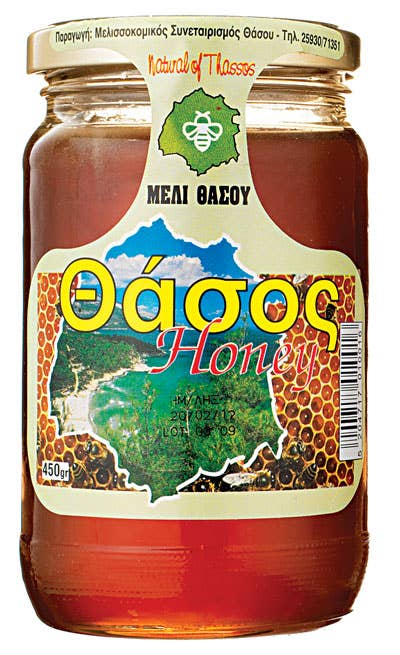
The Wild, Sweet Honey of Greece
With its diversity of wild plants, Greece has always been well suited to the making of honey. The Minoan word for it, meli, appears on stone tablets carved some 3,500 years ago. During the height of ancient Greek civilization, honey was considered a food of the gods, and in the fourth century B.C., Hippocrates himself endorsed it for its healing properties. Today, Greece produces 12,000 tons of honey each year. It is used in desserts like baklava as well as in dishes like the stew of chicken and tomato called kotopoulo kapama and in marinades for meat. Honey is always on the table when I visit my family in Greece. We get ours from my uncle Christos Moriatis, a third-generation beekeeper, who transports his 200 bee boxes between mountain villages, seeking specific blooms and saps. In March, it's spring heather, which yields a slightly bitter honey. From April through May, his bees make sharp-tasting honey from white arbutus flowers and a sweet honey from kermes oak. But my favorite, which I drizzle onto Greek yogurt, is the floral honey made from wild thyme. The herb's short flowering season and its tiny blooms mean the bees have to labor for small yields. But because this honey is so aromatic ("If you enter my workshop while I'm making it, you might pass out," my uncle says), it is the most prized of all.
Keep Reading
Continue to Next Story










